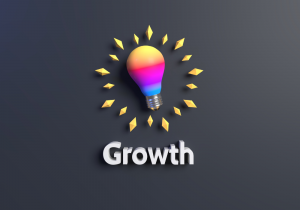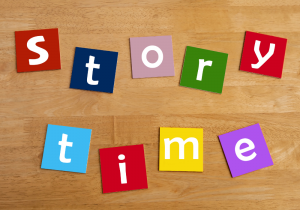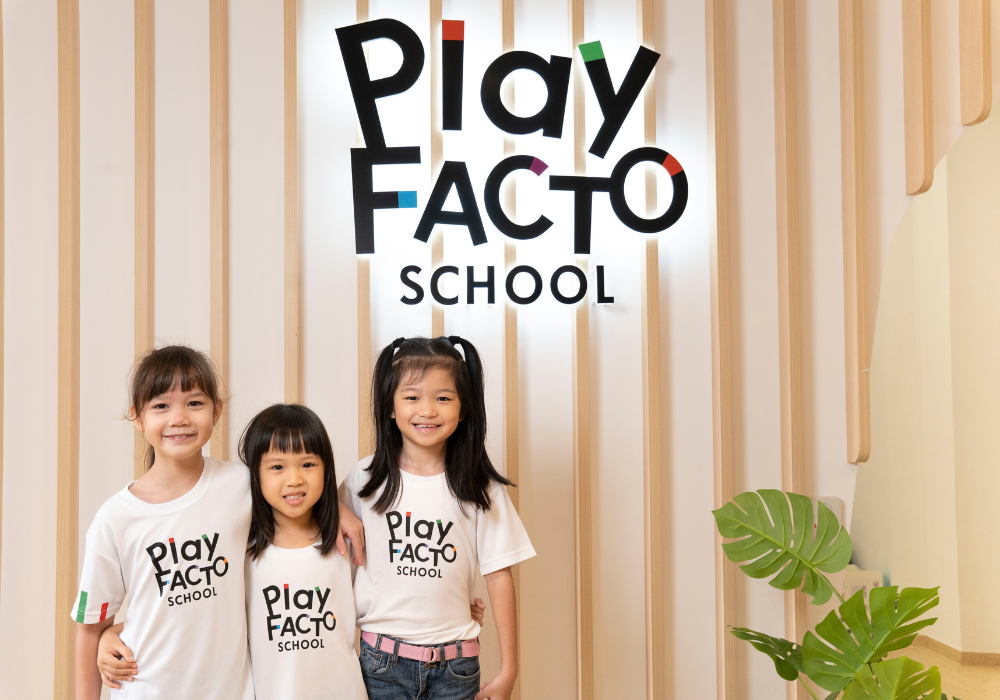
Creative Math: In the last few years scientists’ understanding of ability and learning have changed dramatically. The advent of brain scans and other technological advances have enabled researchers to gain new and important information about learning and ability. The results that are emerging have major importance for all those running schools, teaching mathematics or helping others learn mathematics.
Here are 3 ways that Creative Math can help your child achieve Math Success by unleashing their potential.
1. Encourages a growth mindset to help young children persist longer on problems & relish challenges.

In 2006 Carol Dweck published a book (titled “Mindset”) summarizing decades of research on “mindset” that quickly became a New York Times best-seller (Dweck, 2006). The book has had more impact on educational practice than any other research volume I know. Through her research Dweck has shown that everyone has a mindset—an idea about ability and potential—and that some people have a “growth mindset” whereas some have a “fixed mindset.” Those with a growth mindset believe that smartness increases with hard work and that everything they learn makes them smarter; those with a fixed mindset believe that some people are smart and some are not.
These different mindsets have associated behaviors that we now know have a huge impact on learning and achievement (Blackwell et al., 2007). Students with a growth mindset persist longer on problems, relish challenge and learn from mistakes whereas those with a fixed mindset give up easily, avoid challenging problems and hate to make mistakes. When students have a growth mindset they achieve at higher levels and when students receive a mindset intervention their learning trajectories immediately accelerate upward towards higher and higher achievement (Blackwell et al., 2007).
Mindset also has significant implications for equity:
- High-achieving girls are some of the worst hit by fixed mindset thinking, which leads to avoidance of challenging work and high-level courses, (Dweck, 2006b);
- Gender differences in schools are only found among fixed mindset students (Dweck, 2006b); and
- Mindset interventions improve the performance of minority students more than any other students (Cohen et al., 2006).
It is extremely important that schools communicate growth mindset messages to students, and don’t limit students’ achievement by giving fixed mindset messages through grouping and other practices. This is important for equity, it is important for students of all levels, and it may be the key to unlocking the potential of millions of students in mathematics.
2. Provides multiple opportunities for enjoyable learning & active understanding.

Educators have long known that students who experience “cognitive conflict” learn deeply, and that struggling with a new idea or concept is very productive for learning (Piaget, 1970). But recent research on the brain has produced what I believe to be a stunning new result. Moser and colleagues (2007) showed that when people make mistakes, brain activity happens that does not happen when students get work correct. For people with a growth mindset the act of making a mistake results in particularly significant brain growth.
This and other research has shown that we want students to be struggling, as times of challenge are the most important times for brains.
I have argued elsewhere (Boaler, 2016) that students in math classrooms in the United States often believe that their role is to perform, showing they know math and can answer questions correctly, rather than to learn. It is very hard to be in a math class in which you are constantly working on short, closed tasks that you get right or wrong and still maintain a growth mindset.
When we open math tasks we encourage the opportunity for students to see math as a learning subject. Tasks that are narrow and closed encourage students to believe that math is a performance subject—that is, they are in math class to show what they know. Many students think that they come to math class to answer questions correctly, not to learn. This was brought home to me recently when a colleague, Rachel Lambert, told me that her 6-year-old son had come home and said he hadn’t enjoyed his math class. When she asked why, he said, “Math is too much answer time and not enough learning time.”
If we are serious about encouraging students to develop growth mindsets we need to provide open tasks that have the space within them for learning, not short tasks that students are meant to get right or wrong. Tasks are made more open when they have or encourage:
- Multiple entry points
- Multiple ways of seeing
- Multiple pathways and strategies for solutions
The research on the importance of mindset and struggle suggests strongly that we need math environments in which students are given open tasks and challenging work that causes them to struggle and experience important brain growth. Teachers should support or even reward students for making mistakes so that they feel comfortable doing so. More advice is given on ways to teach math for a growth mindset in my online classes, in the materials on youcubed.org and in Boaler (2016).
3. Approaches mathematical concepts hidden in story form to effectively communicate why & how Math is important.

To an adult, it’s obvious that three apples on a table that are moved to a couch are still three apples. Not so to a child, who needs to learn conservation of number. (If the child has to re-count the apples to be sure, we know she doesn’t yet display this math understanding.)
Many picture books can easily be used to promote recognition of conservation of number. Anno’s Counting Book moves objects around as the elements of a town grow and shift. Or you can use titles like The Alphabet Room—which has the added benefit of teaching the alphabet—to track and count objects as they move around. Just say things like, “I see the apples moved. How many apples are there now? Are there still three? Where are they? Let’s count.”
For children who already recognize at a glance that there are still three apples, you can turn this into a fraction conversation. “Oh, look, one-third of the apples are on the left side. Where are the other two-thirds hiding?” Such a conversation won’t necessarily be simple—fractions are famously difficult even for adults—but this is a chance to speak the language and do the math together.
H/T: Parentsleagues
Speak to us today to find out more about our 33 student care centres!
Click Here to whatsapp us for a complimentary tour of a centre near you.





